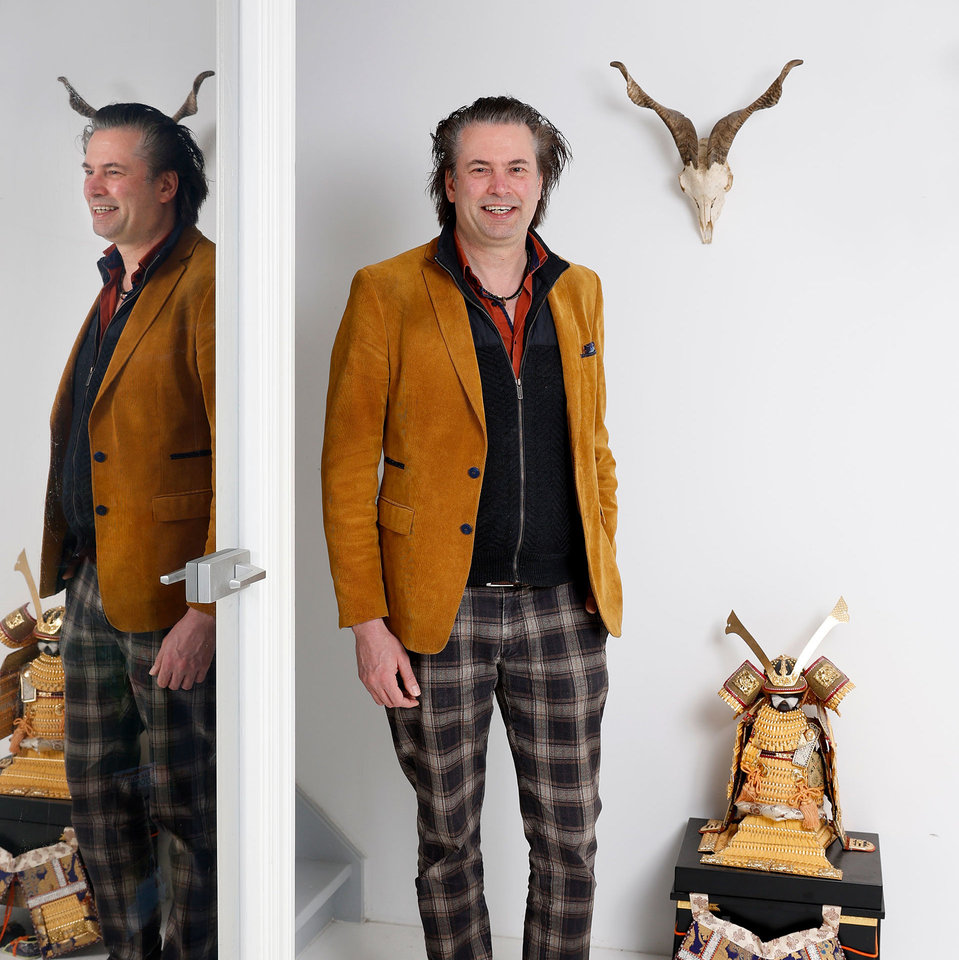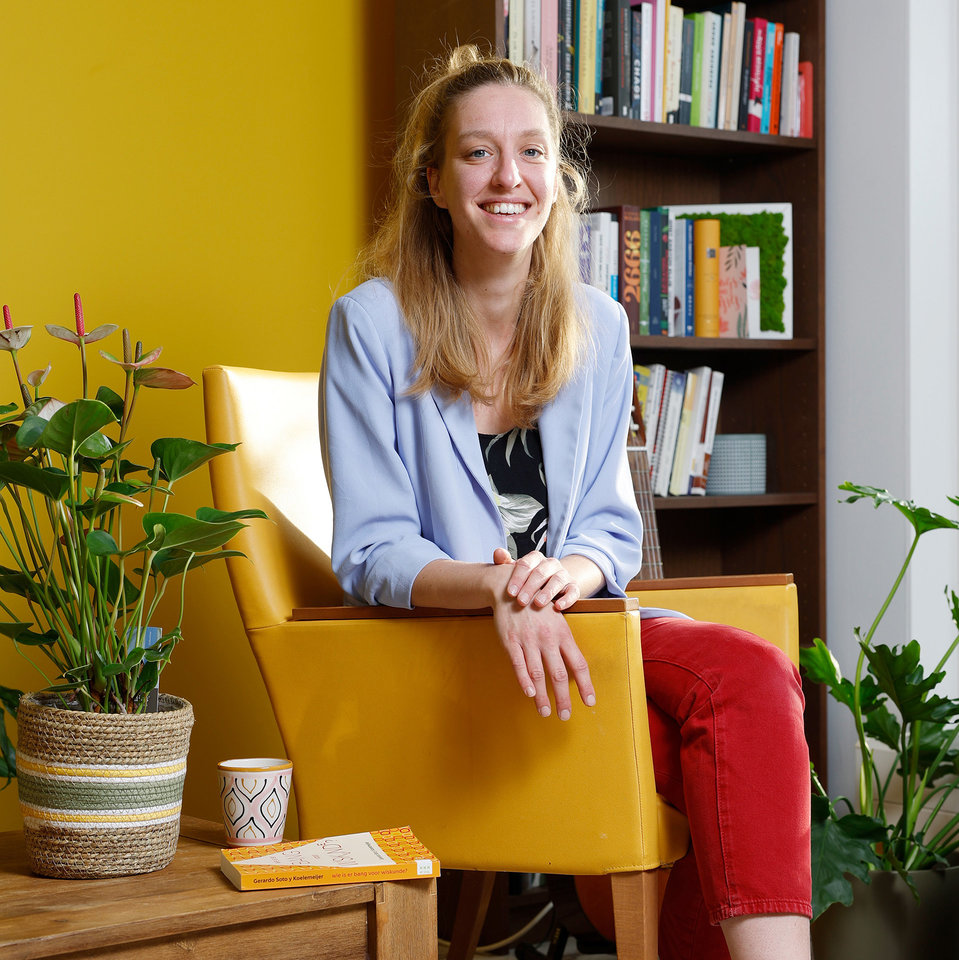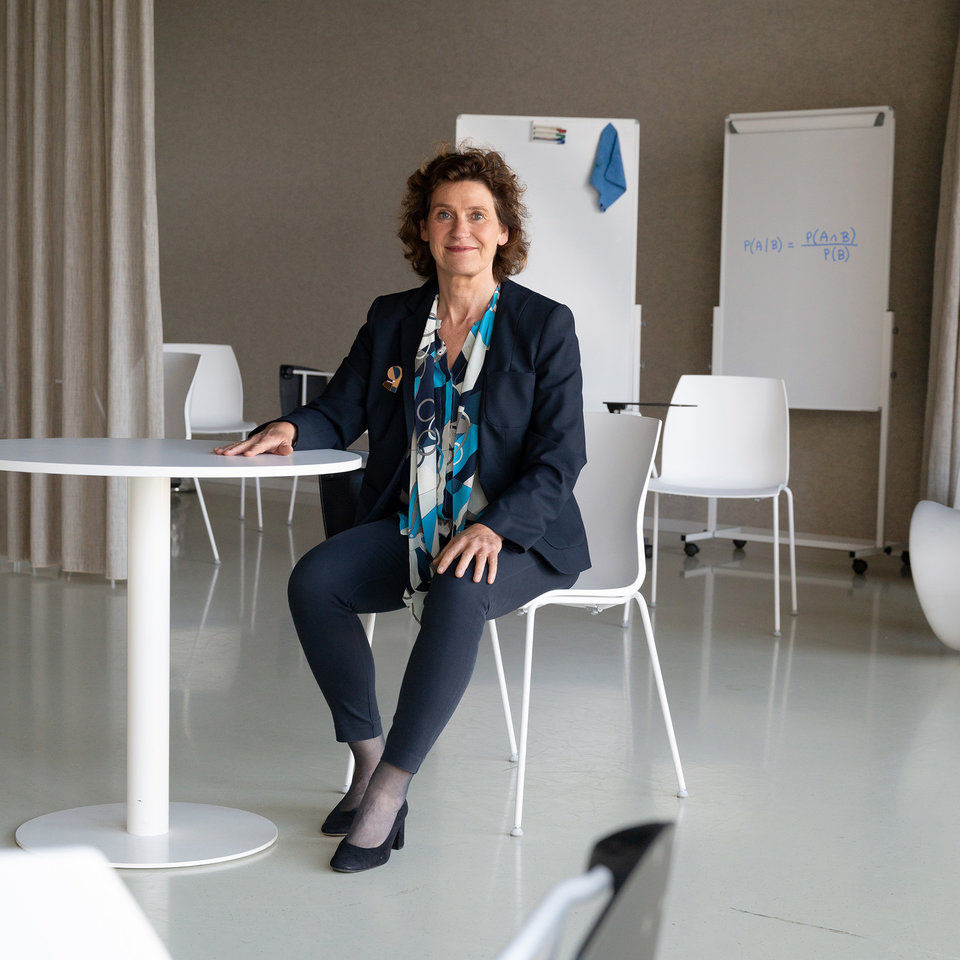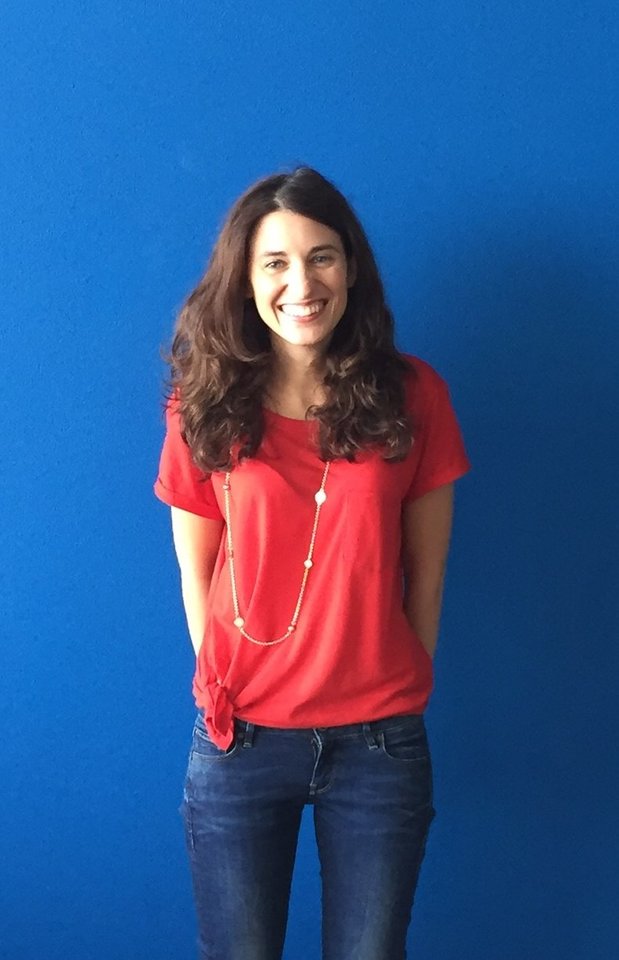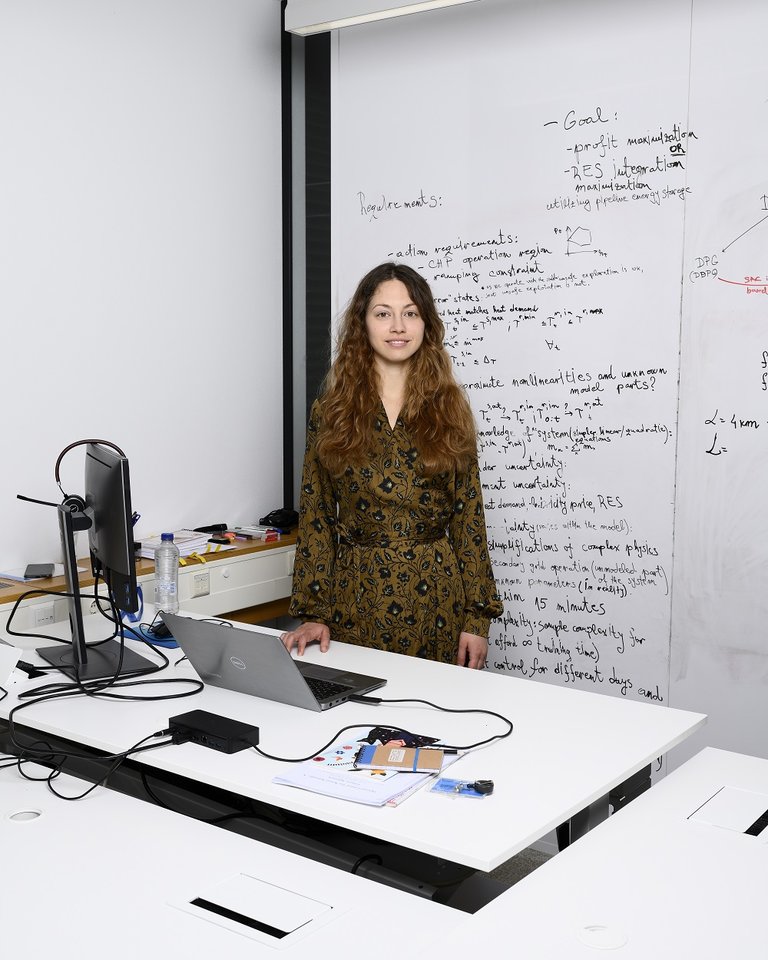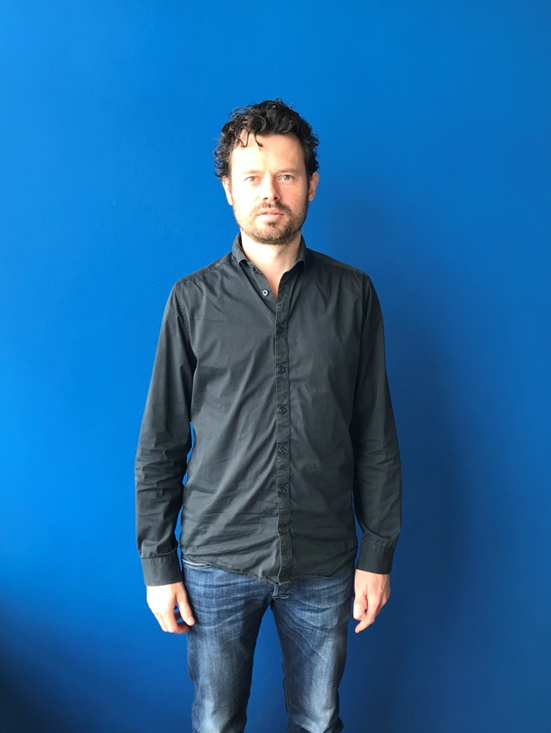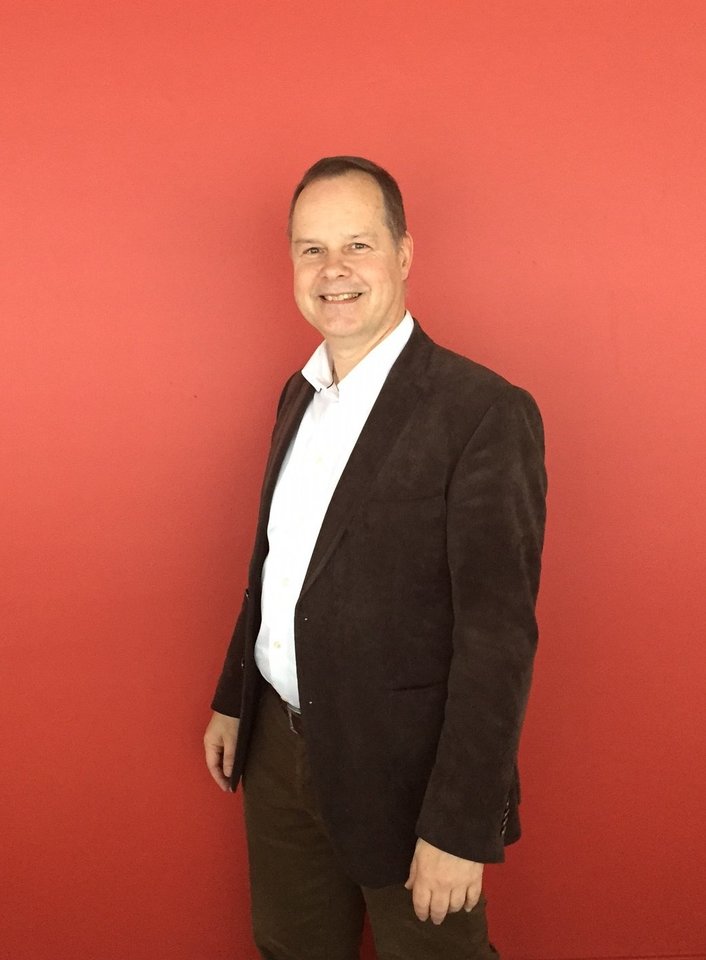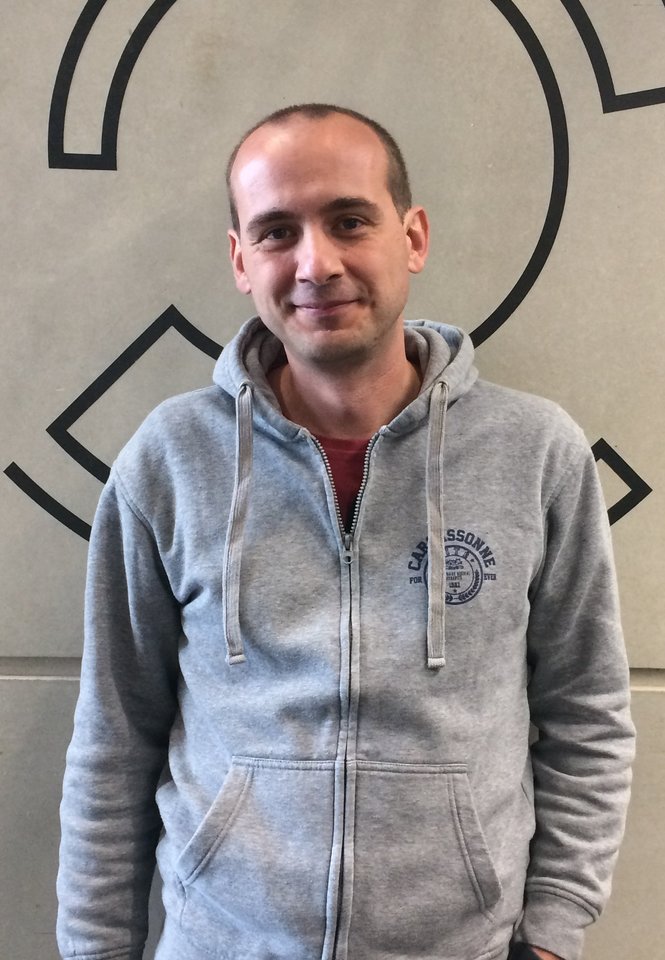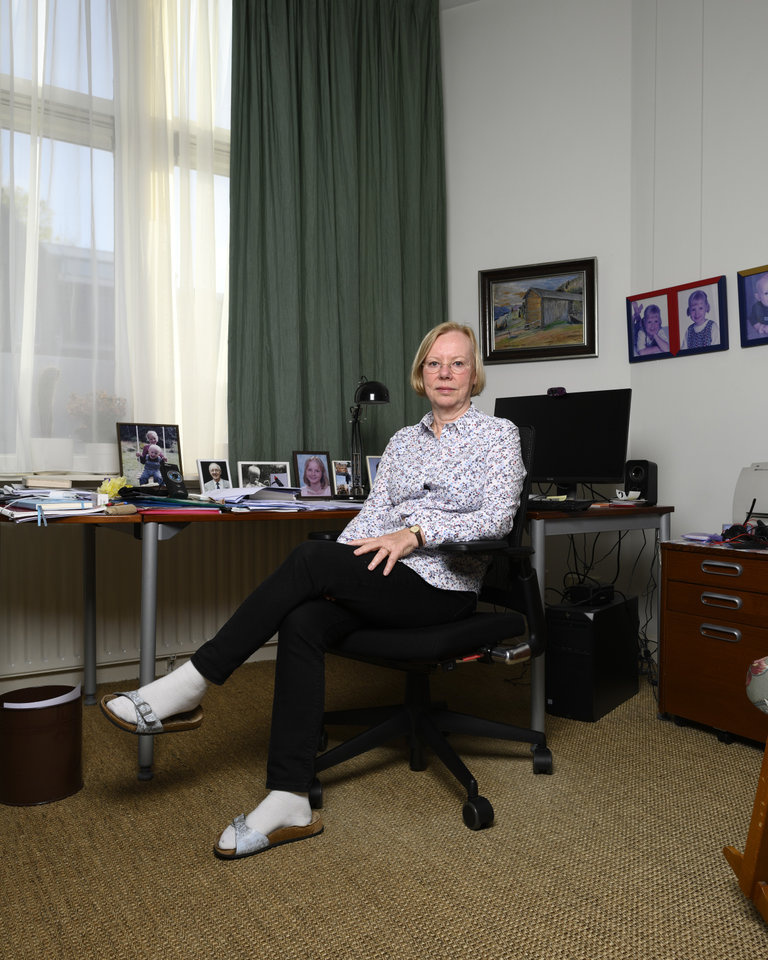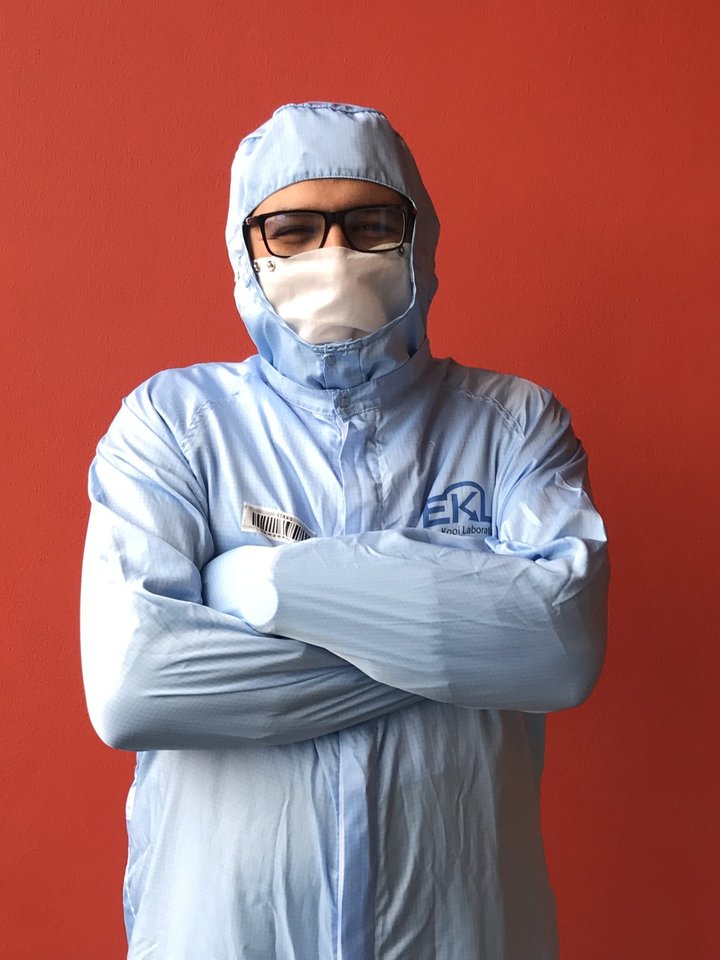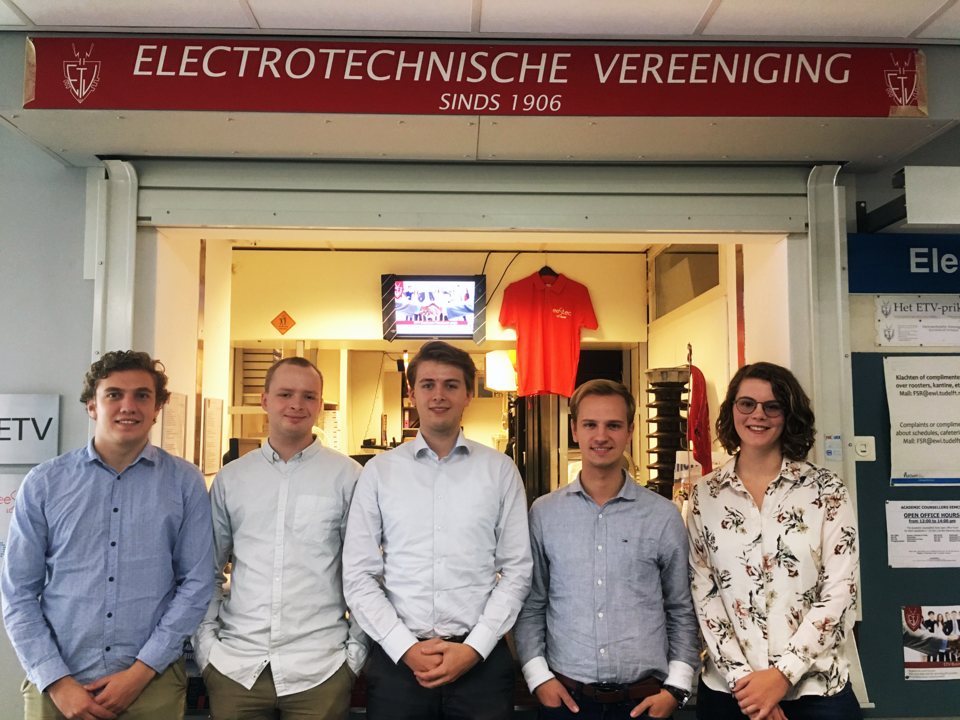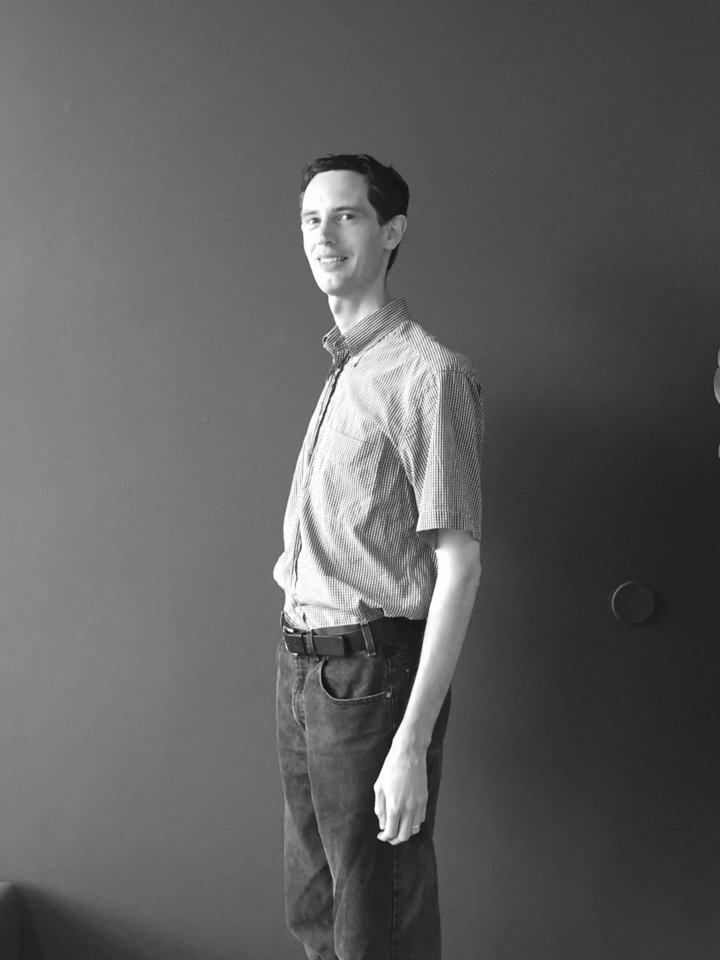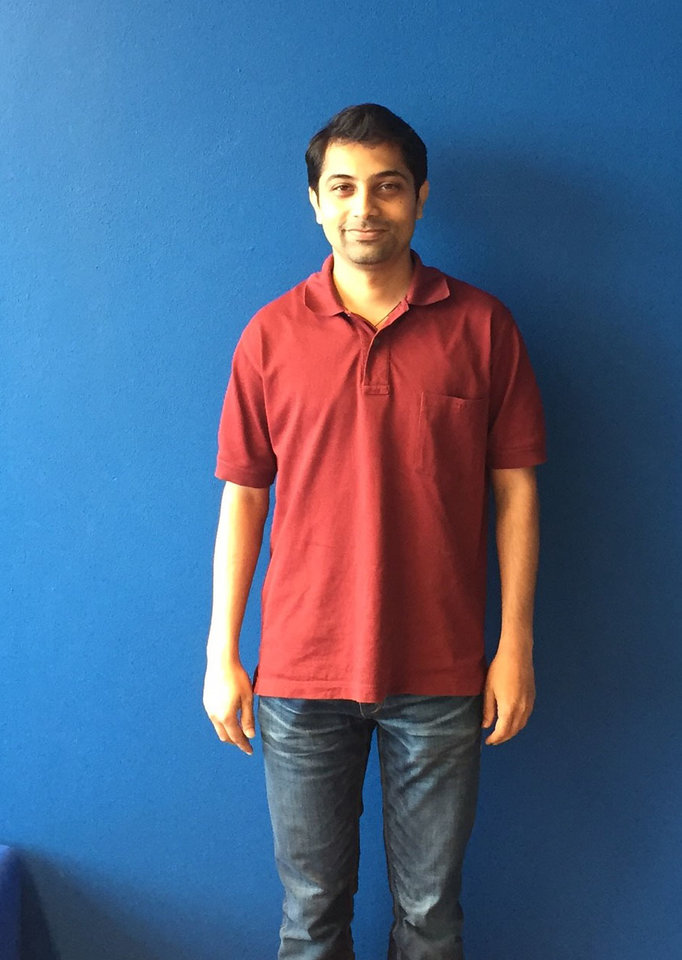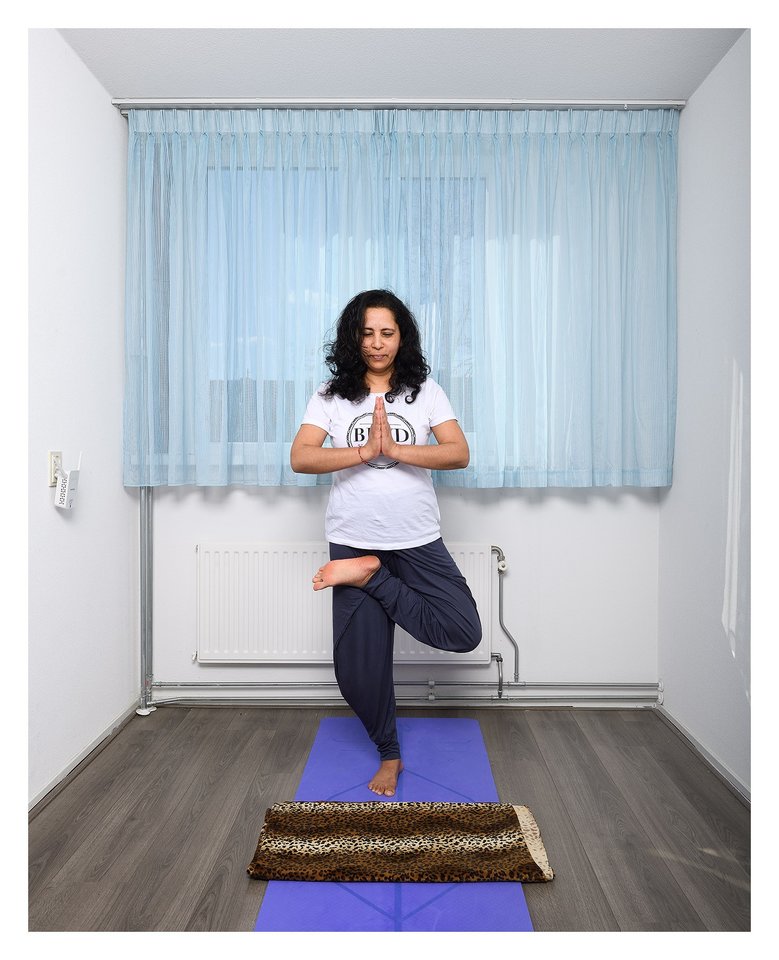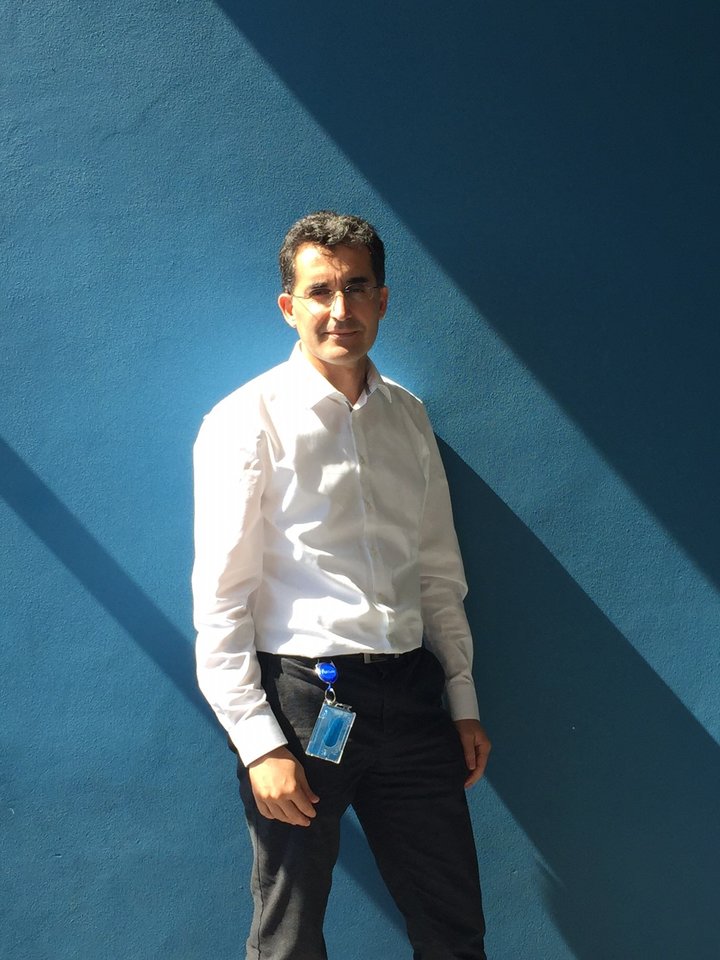When you grow up surrounded by mountains, you know the value of fresh air. My hometown lies in the southwest part of China, the Sichuan Province, which is famous for its forests and giant pandas. Even now, my nose hurts from the pollution when I visit big cities, and that isn’t the air I want future generations to breathe. It is our responsibility to provide them with a clean and sustainable environment.
To do this, we need renewable energy. I work on a tiny but important piece of the energy transition puzzle: the solar cell. Together with my team, I recently developed a silicon cell that converts over 24% of solar energy into electricity. This makes me very proud, but I know we can do even better. The more we are able to harvest the power of the sun, the closer we get to achieving carbon neutrality in 2050.
We really need to work together, globally, to make that happen. When it comes to the energy transition, two are better than one. I became increasingly aware of this while cooperating with partners within the JSPIII (Joint Solar Program III) project. By combining their perovskite technology with ours, the tandem solar cells have the promising potential for efficiency above 30%.
Higher efficiency is not the only challenge. In the ‘real world’, outside of the lab, we need a lot more solar energy in the coming years in order to realise carbon neutrality. Globally, all the PV panels combined should amount to 70 terawatts by 2050. And yet this March, the world celebrated the milestone of only its first terawatt of installed PV capacity. We still have a long way to go. Promisingly, the PV industry doubles its size around every three years, and costs for PV electricity keep falling every year. Good news for my nose, for giant pandas, and for future generations!

